May's second Galactoscope reviews the latest works by two of the field's titans. Sadly, it looks like their best contributions are behind them, as the following article will demonstrate:

by Rosemary Benton
Mind Barriers and Mental Talents (Andre Norton's Three Against Witch World)
Andre Norton is a gem among authors. She is able to write everything from short stories to novels in quick succession, continues to be picked up by publishers (no small feat in the writing world), and has been able to carve out a reputation for herself as an author who can write extensive background lore into her stories.
That being said, I feel like Norton is in a bit of a writing funk lately. It hasn’t slowed her down, but her writing is starting to feel unbalanced. In particular, the trait that once was her strength – world building – is starting to weigh down her work. By the end of Three Against the Witch World, the third and newest short novel in the Witch World series, Norton successfully introduces better character development with respect to the earlier entries, but the world building is still too overpowering.

The Next Generation
Three Against the Witch World begins with a very condensed introduction to the early lives of Simon Tregarth and Lady Jaelithe's triplets. Told from the first-person narratives of the children, we learn that the first two decades of life have not been easy for anyone in the nation of Estcarp.
After the destabilization of Karsten at the conclusion of Web of the Witch World, a warlord stepped up to fill the power vacuum left by the former ruler Yvian and his extra-dimensional allies, the humanoid beings called The Kolder. Between the Alizon nation, the remains of Karsten and the formidable Falconers, Estcarp is locked in a long term guerrilla war that is slowly bleeding them dry.
Amazingly, despite marrying Earth man Simon Tregarth and thereby disavowing her role as a Witch, Lady Jaelithe still retains traces of the innate magic known (allegedly) only to be accessible in select virginal women. Unsurprisingly, given that Simon is also a Power user (albeit one from another planet), the couple's triplets Kyllan, Kemoc, and Kaththea are also born with strong magical tendencies.
They are soon left on their own after their parents depart on vague and mysterious missions. Kyllan, Kemoc, and Kaththea must contend not only with the front-line defense of the Estcarp nation, but with the jealousy and hostile machinations of the power hungry Witch Council. The Women of Power are determined to undermine the influence of Simon and Jaelithe, and the best way to do that is to take their daughter Kaththea for their own ranks.
By 20 years old the triplets are adrift in a highly unstable time with no nearby allies in all of Estcarp. Upon the ruthless kidnapping of Kaththea by the Witches, Kyllan and Kemoc decide to journey forth into the larger world to gain information and allies crucial to reclaiming the safety of their family.
What follows is a journey across all mapped nations, even into the twisted and nebulous eastern regions of the world – a massive mountain range interspersed with magically tainted creatures. It is literally a place which people are incapable of imagining due to a powerful collective compulsion in the human population. It's a race against time to save Kaththea, save Estcarp and prevent a horrific ancient accident from being repeated in the name of protecting their homeland.
The Witch World Lives On
Sounds like an amazing story, right? It's certainly an interesting premise with a solidly entertaining, if grandiose, climax. But is it a good read?
As I've noted in my review of Norton’s Witch World(1963) and its subsequent installment, if you like fiction liberally layered with lore and societal structures you will find this series intriguing. But just like before, Three Against the Witch World leaves the audience wanting a deeper connection to the main characters.
My, Oh My, Is It Ever So Dry
Stories that sacrifice character development for world building only engage their audience for so long before boredom begins to surface. With Kyllan, Kemoc and Kaththea as the beacons through Three Against the Witch World, it is a comparatively less tedious task to read through the extensive world history of Norton's realm. Three is still massively overwritten, but at least we have the enjoyment of seeing some of the cast grow instead of remaining stagnant cardboard cutouts.
Admittedly the triplets are not completely unique. They are rather standard fantasy warrior, scholar and sorceress/witch characters, but they are given more individuality than the previous protagonists of the series. Kyllan and Kemoc's strategics get much keener via increasingly difficult obstacles they face. Limitations are realized for Kemoc as he pieces together the knowledge held in Lormt, ancient bastion of scholarship, and Kaththea has to adapt to her increasing power.
However, Norton continues to hold her characters at arm's length. Her writing in general has been suffering of late because of this tendency: she is much more prone to showing her characters in action rather than letting us into their heads. Thus, the changes we see the triplets go through still have but a superficial connection with the audience. In short, within Three Against the Witch World we see that the series is still tripping over itself to engage with its audience.

Three Strikes and You're Out
At three entries into the series, the Witch World books continue to feel like Norton is far more interested in telling us about the mechanics of her world rather than the people living within it.

For existing Witch World fans, Three Against the Witch World offers new races and mysterious god-like entities, and I did appreciate Norton's attempts at expanded characterization. Nevertheless, that's not enough to save the series. After reading three books in the same series, I should have more than the shallowest of connections with the main characters. I should have a strong desire to continue to read further installments about their lives. The fact is, after reading Witch World, I don't. I know that Andre Norton is capable of better as a word smith and a story teller. Unfortunately, Three Against the Witch World is only worthy of a two and a half star rating.
Subspace Explorers, by E. E. 'Doc' Smith

By Jason Sacks
I was never a fan of E. E. “Doc” Smith.
Okay, that’s kind of unfair. It’s not that I read the man’s work and didn’t like it. Instead, I decided at a relatively early age that I didn’t want to read his juvenile sci-fi novels.
While some of my closest sci-fi loving middle school friends loved Smith’s Galactic Patrol stories, I never read any of his work, and the one time I borrowed one of his books from a friend I just never got around to cracking the cover. Maybe I felt an odd sort of aversion because I wanted to defy my pal Danny Alvarado’s deep love for Smith – you know, the way boys create friendly rivalries over nothing.
But that may be psychoanalysis after the fact. More likely I didn’t read Smith because I always wanted to read above my age group. Why read juveniles when there was so much great material being published by the likes of Asimov, Dick and Clarke?
Since I had never read any Smith as a kid, now seemed the perfect time to try out ol’ Doc’s work. I’ve grown older and mellowed a bit in my tastes in the last few years. So when my fine editor offered to have one of us staffers review a limited edition publication of Smith’s latest novel, Subspace Explorers, I jumped at the chance. Why not try a classic author, albeit one in the twilight of his career? I could either validate my pal Danny’s passion or smugly smile at myself that I made the right choice to skip Smith.
Well, young Jason is vindicated.
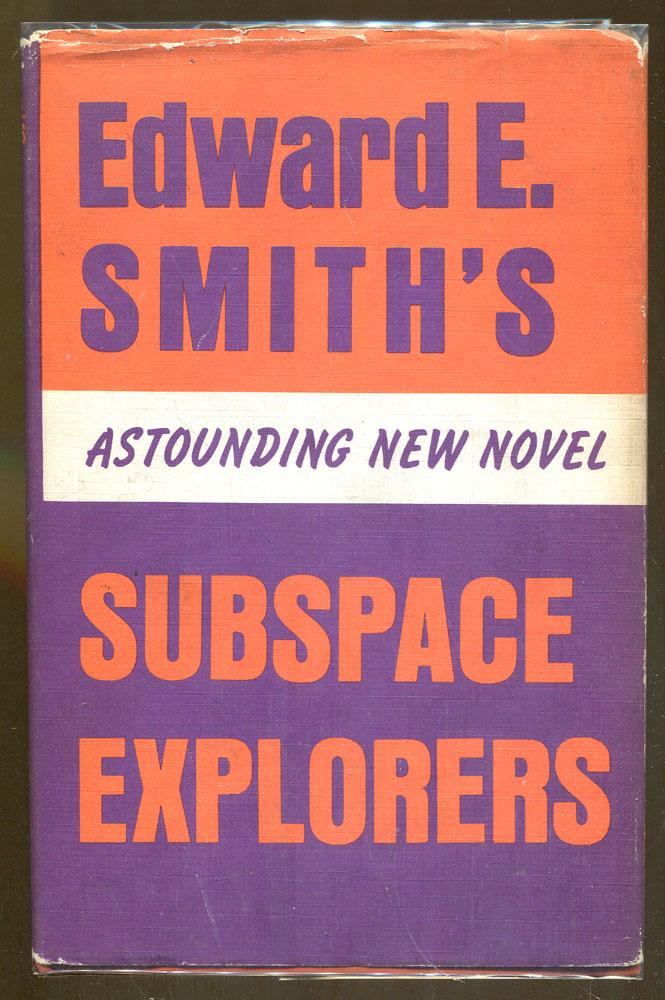
Subspace Explorers is an odd book. It’s breakneck space opera sci-fi juxtaposed against a sort of exploration of psionics which in turn is juxtaposed against a kind of screed about a battle between virtuous business leaders and corrupt trade unionists. If you’re wondering how these odd elements all fit together in the space of some 200 pages, well, the answer is that they don’t.
The sci-fi and psionic stuff works the best in this book. The first chapter sets the stage with a disaster in space and the few survivors of that battle. This section speeds along in a kind of hurtling, breathtaking tumble of events in which the action seems never to stop, no matter that readers don’t have much of an idea who these characters are.
Once all the action begins to play out, we find there are nine survivors of the accident: four mafiosos, a genius, two officers, and two women. One of the women has the amazing psionic ability to detect any metal in space. After the mobsters are defeated, the women and officers very quickly get married and each of the couples have a baby after a pregnancy which is elongated by their time in space. Their kids inherit the psionic abilities and form a union of explorers who drive the rest of the book.
Right there in that quick summary of the crazily energetic beginning, you can see the joys and flaws of this book. It’s got energy and thrills. It’s got oddball ideas and puzzling events. It’s got thin characters and arbitrary plotlines. It’s got a lot of good and a lot of bad and I’m not sure I want to get into the discussions of labor unions which might embarrass Barry Goldwater in their stridency.
Even there, I might have enjoyed this book either as a grouchy polemic or the rambling of “an old man screaming get off my lawn,” as they say. But the shambolic plot, which seems assembled from several half-finished novels with the barest plot threads to connect them all, left me more baffled and annoyed than thrilled. If Doc wanted to produce a fun throwback space opera, why add the strange political notes, and if he wanted to write a screed, why include classic cardboard characters with psionic powers to muddy the waters?
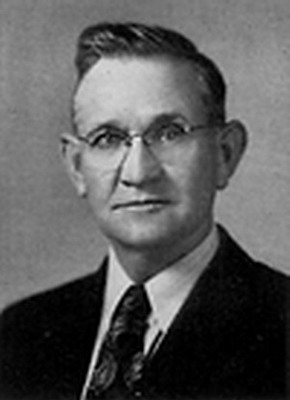
Publisher Canaveral Press is well known for their lovely Edgar Rice Burroughs reissues, most with lovely art by Roy Krenkel and J. Allen St. John. This book boasts of the same high production values as the Burroughs books. It’s just too bad this book isn’t nearly a match for those classics.
Maybe Smith can pull his disparate storylines together if he writes a sequel to Subspace Explorers, but for a book released in hardcover in a limited edition with a matching grand cover price, this is a tremendous disappointment. Sorry Danny. Hope we can still have lunch together and discuss more pleasant things.
2 stars.

![[May 24, 1965] Two faded stars (May Galactoscope #2)](https://galacticjourney.org/wp-content/uploads/2020/05/650524cover-672x372.jpg)

![[May 8, 1965] Skip to the end (June 1965 <i>Galaxy</i>)](https://galacticjourney.org/wp-content/uploads/2020/05/650508cover-535x372.jpg)











![[May 6, 1965] Back To Our Roots (<i>New Writings in SF4</i> & <i>Over Sea, Under Stone</i>)](https://galacticjourney.org/wp-content/uploads/2020/05/New-Writings-and-Over-Sea-Under-Stone.jpg)





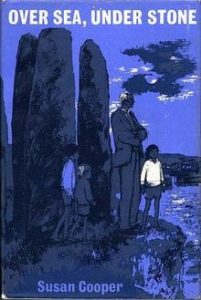
![[April 14, 1965] Furious Time Travel (April Galactoscope)](https://galacticjourney.org/wp-content/uploads/2020/04/650414coversnew-672x372.jpg)




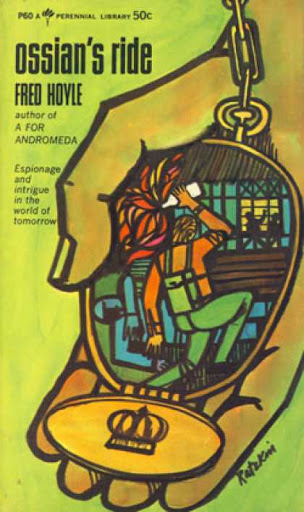
![[April 4, 1965] A Future of Rainbows: <em>Psychedelic-40</em>, by Louis Charbonneau](https://galacticjourney.org/wp-content/uploads/2020/04/650404_PSI-40-672x372.png)

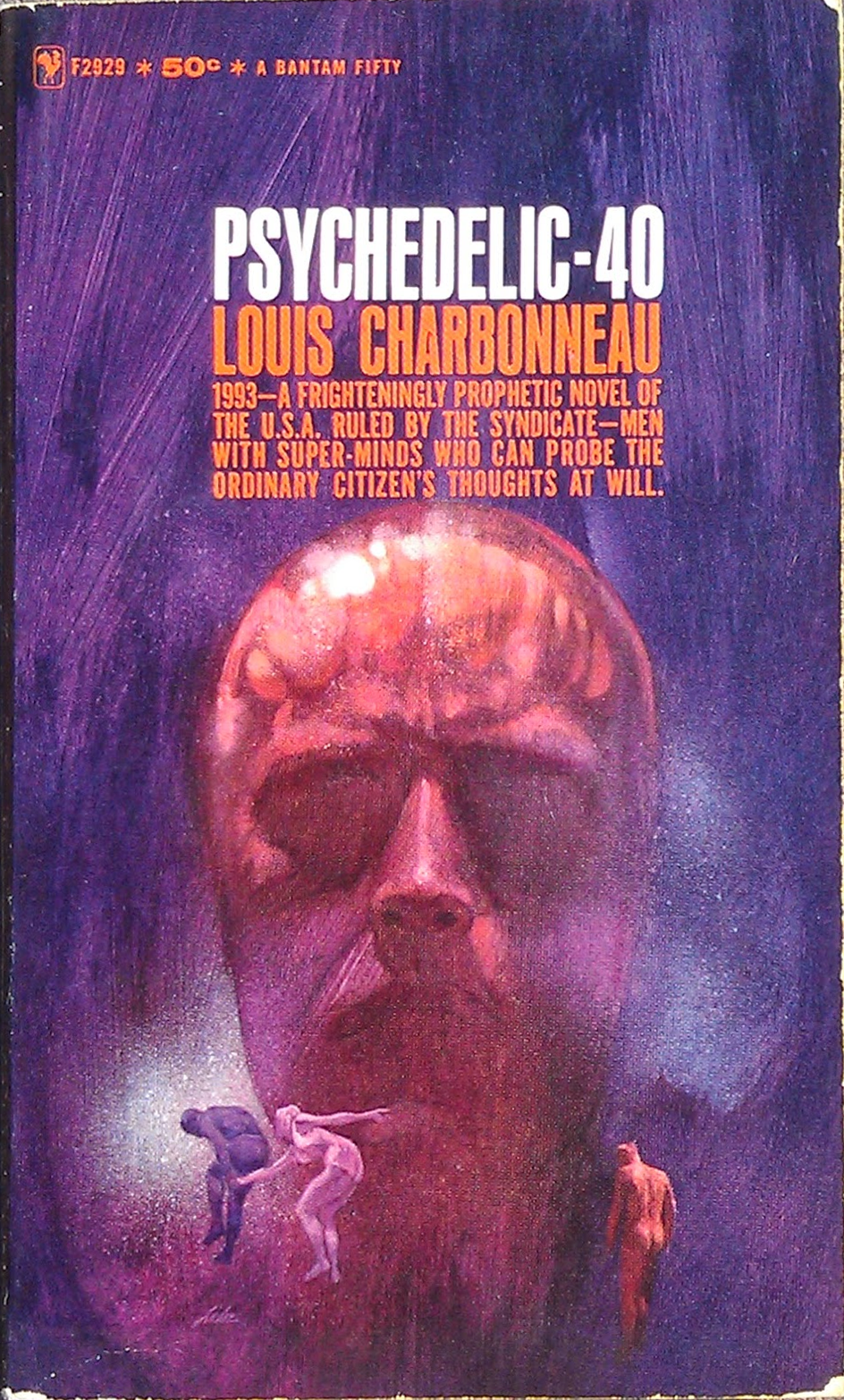




![[March 30, 1965] Suborbital Shots (April 1965 <i>Analog</i>)](https://galacticjourney.org/wp-content/uploads/2020/03/650330cover-598x372.jpg)
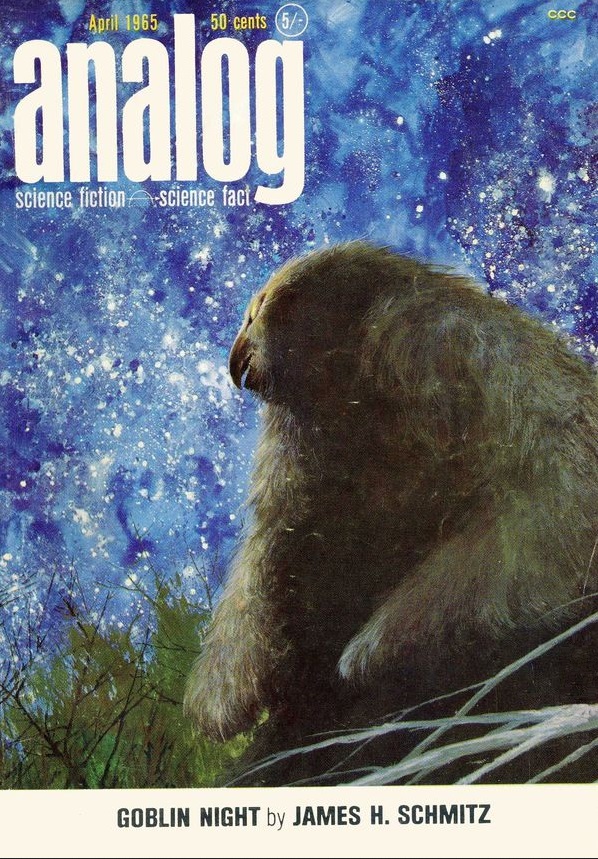


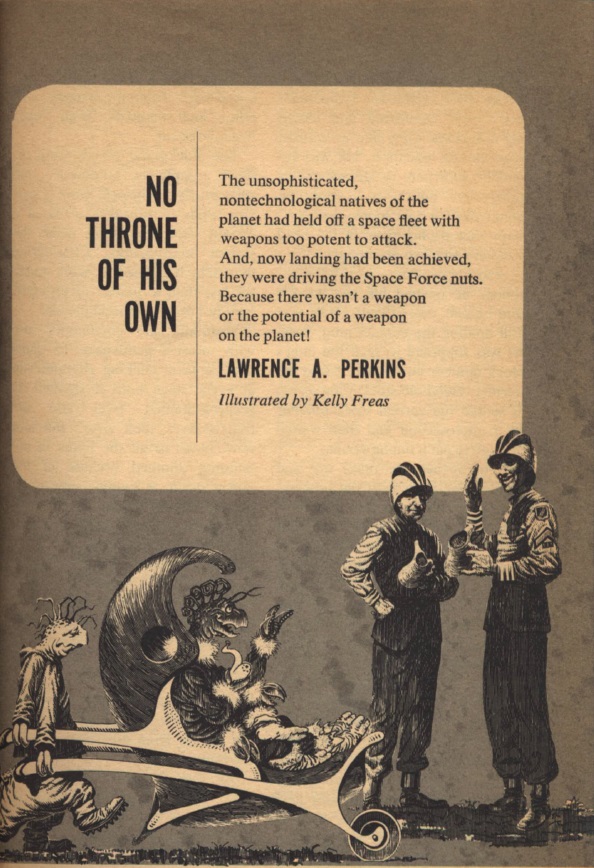
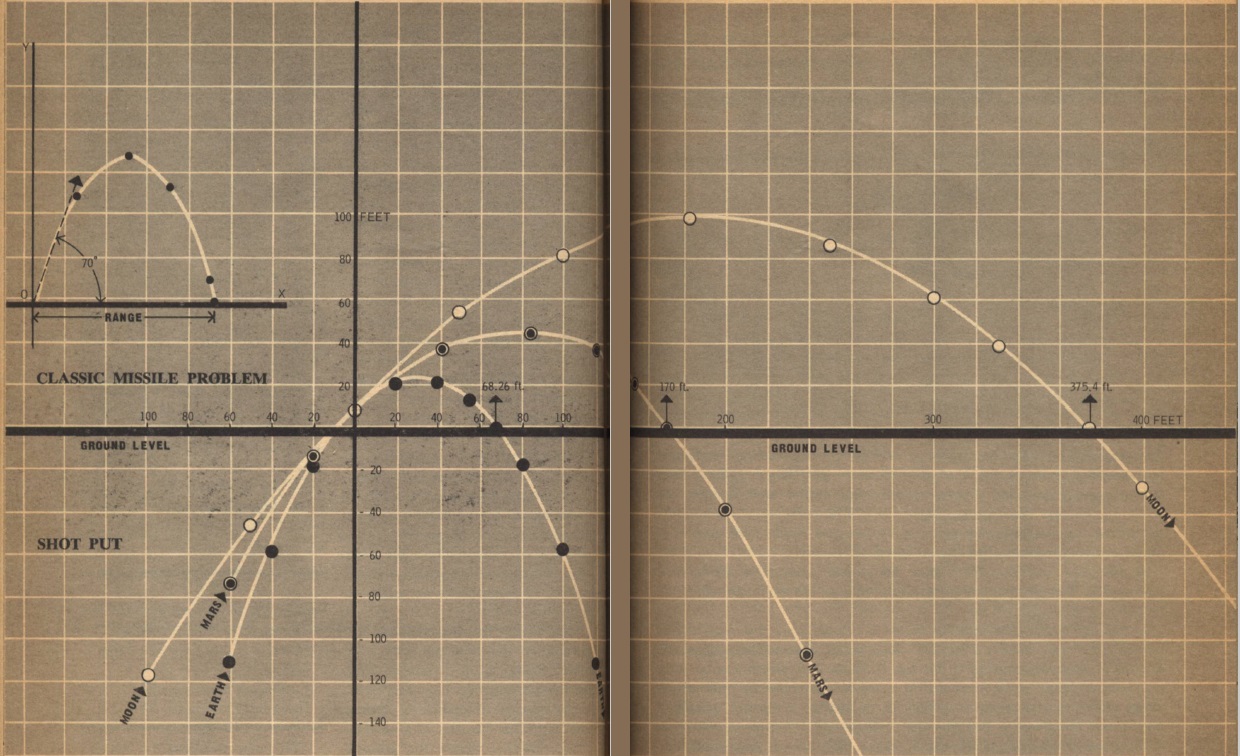


![[March 20, 1965] Clash of The Old & The New (February 1965 <i>Gamma</i> & <i>City of a Thousand Suns</i>)](https://galacticjourney.org/wp-content/uploads/2020/03/650320covers-672x372.jpg)










![[March 4, 1965] OLD WINE IN NEW BOTTLES (April 1965 <i>IF</i>)](https://galacticjourney.org/wp-content/uploads/2020/03/IF-march-cover-655x372.jpg)



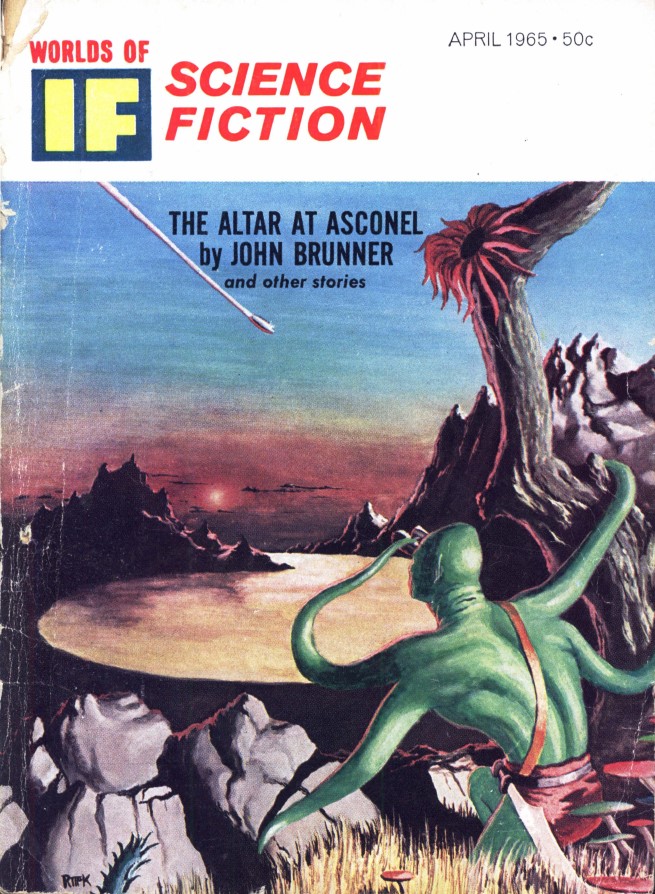
![[February 26, 1965] Dare to be Mediocre (February Galactoscope #2)](https://galacticjourney.org/wp-content/uploads/2020/02/650226covers-655x372.jpg)
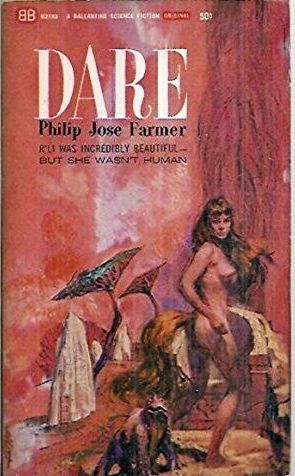





![[February 6, 1965] Too much of a… thing (March 1965 <i>IF</i>)](https://galacticjourney.org/wp-content/uploads/2020/02/650204cover-672x372.jpg)






